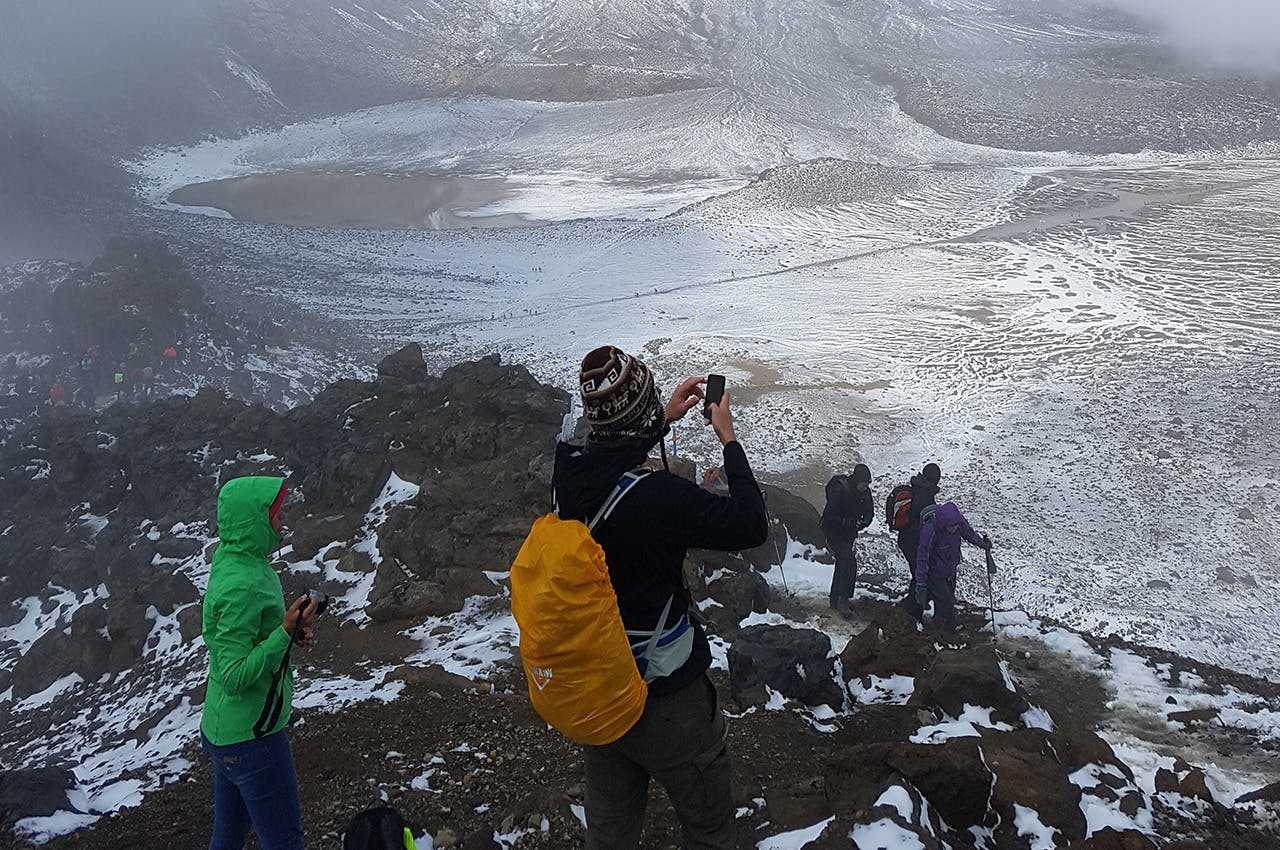Nothing’s certain when it comes to internet coverage in New Zealand’s wildest places, says Internet New Zealand’s outreach and engagement director Andrew Cushen.
Internet New Zealand is a not-for-profit that advocates for open, accessible, high-quality internet availability in New Zealand.
“Mobile coverage is still a bit like black magic when it comes to New Zealand’s backcountry,” says Cushen. “Sometimes it’s there. Other times not. And it’s still really hard to find accurate, reliable coverage maps.
“For a while, telcos published data on such things, but they haven’t kept it up. I always say to people don’t rely on mobile coverage if you’re going somewhere remote. Your best bet, if you need to communicate, is a decent emergency radio.”
But trampers should be heartened by government plans to pump more funding into rural broadband, says Cushen. And three major telcos are reportedly joining forces for the first time to set up and share the costs of running network towers in remote parts of the country.
This month, the Minister for Broadcasting, Communications and Digital Media, Clare Curran, announced Haast township has mobile coverage for the first time with the completion of a fully operational 3G mobile tower.
The primary reason, she said, was to improve safety because Haast sat in the middle of a 244km mobile reception black spot that ran from Fox Glacier to Lake Hawea.
“Contacting emergency services has been very difficult and in an area that sees a huge amount of tourist traffic, as well as a significant number of road accidents,” she said.
The tower gives coverage to the township and SH6 north and east of Haast for around three kilometres. Residents and visitors will be able to text and make phone calls on three mobile networks – Spark, Vodafone and 2degrees.
“This is a good sign of positive change,” says Cushen. “In five years’ time, I think we can expect quite a different experience when it comes to internet availability. Every day we’re seeing improvements in coverage, price and technology performance.
“I mean, you don’t have to look far back to see how far we’ve come. Twenty years ago there were no cell phones, now there are five or six global companies exploring the idea of worldwide, uninterrupted internet coverage by sending satellites the size of coffee cups into orbit.”
Five tips on getting coverage in remote parts of New Zealand
- Get high. If you can see the nearest town in the distance, you can expect some coverage.
- A mobile phone call is easier to make, compared to uploading photos or video, in areas of patchy coverage.
- Reset the mast. Mobile phones do not always connect to the closest phone mast, or tower. Try switching your phone to flight mode for a few seconds or restarting it to help it connect to the nearest one.
- Change your grip. Work out where your phone’s antenna is located and avoid gripping that part of the phone
- Head outside the hut. The walls and the insulation they contain can block the signal.







